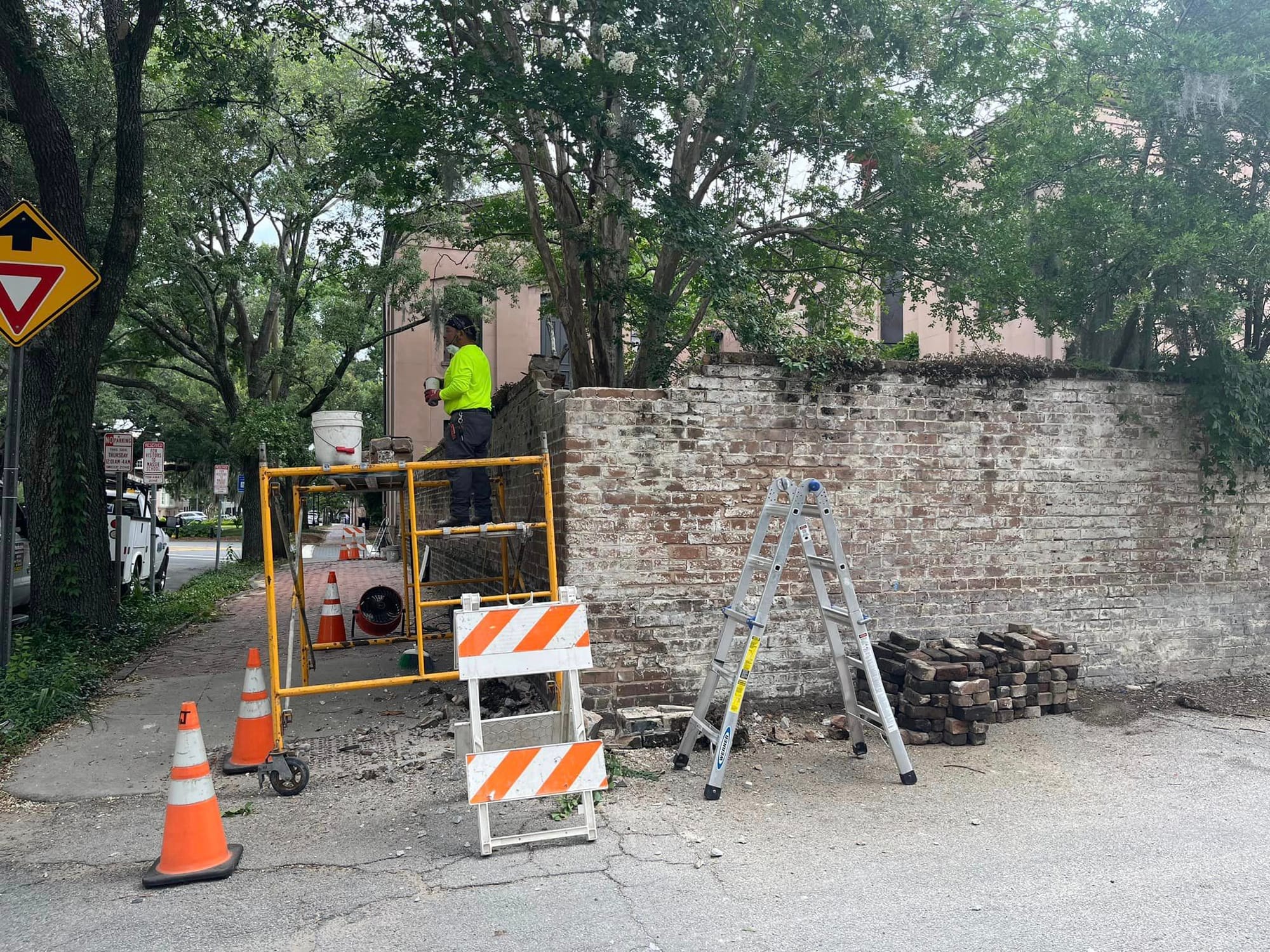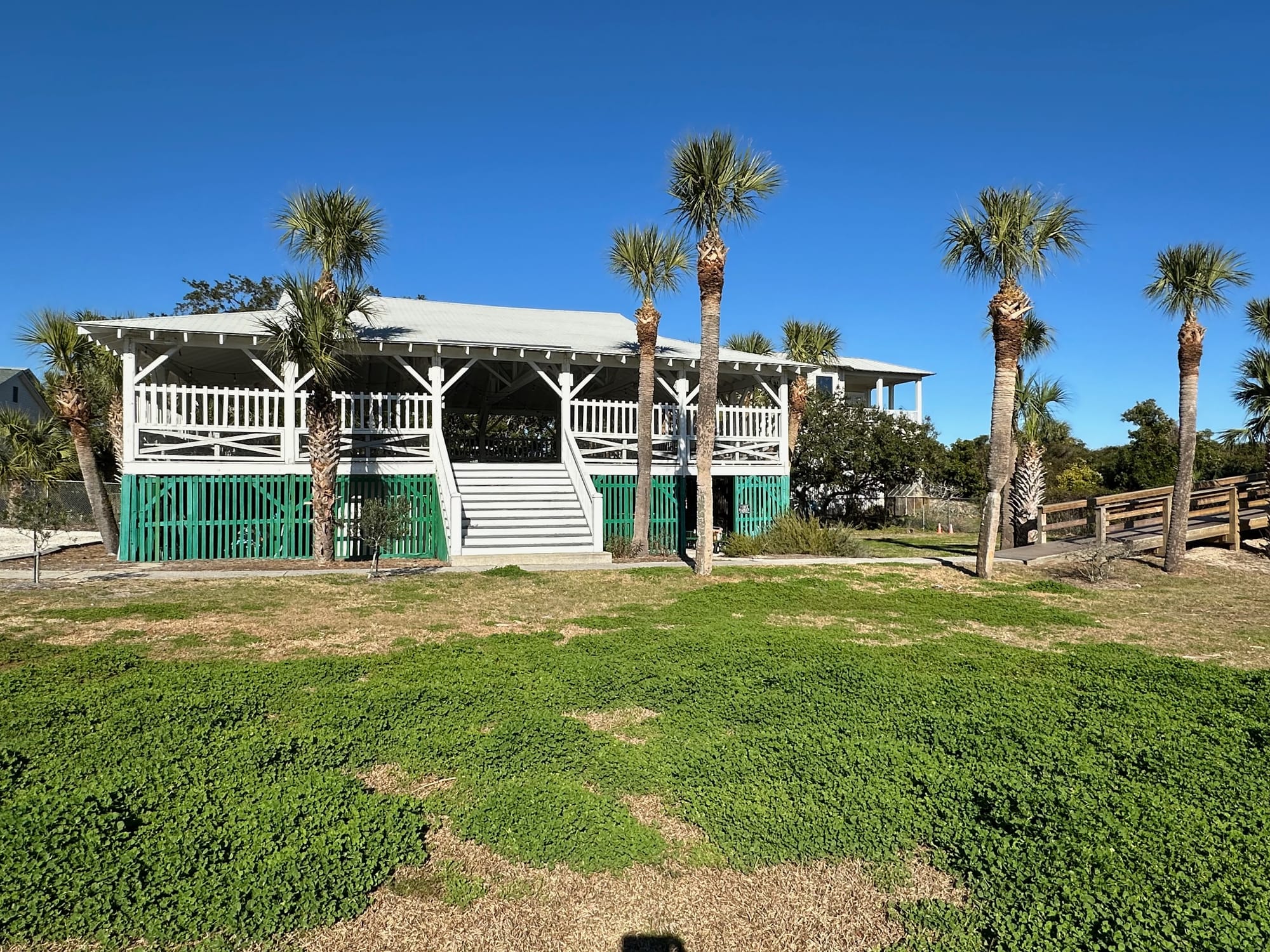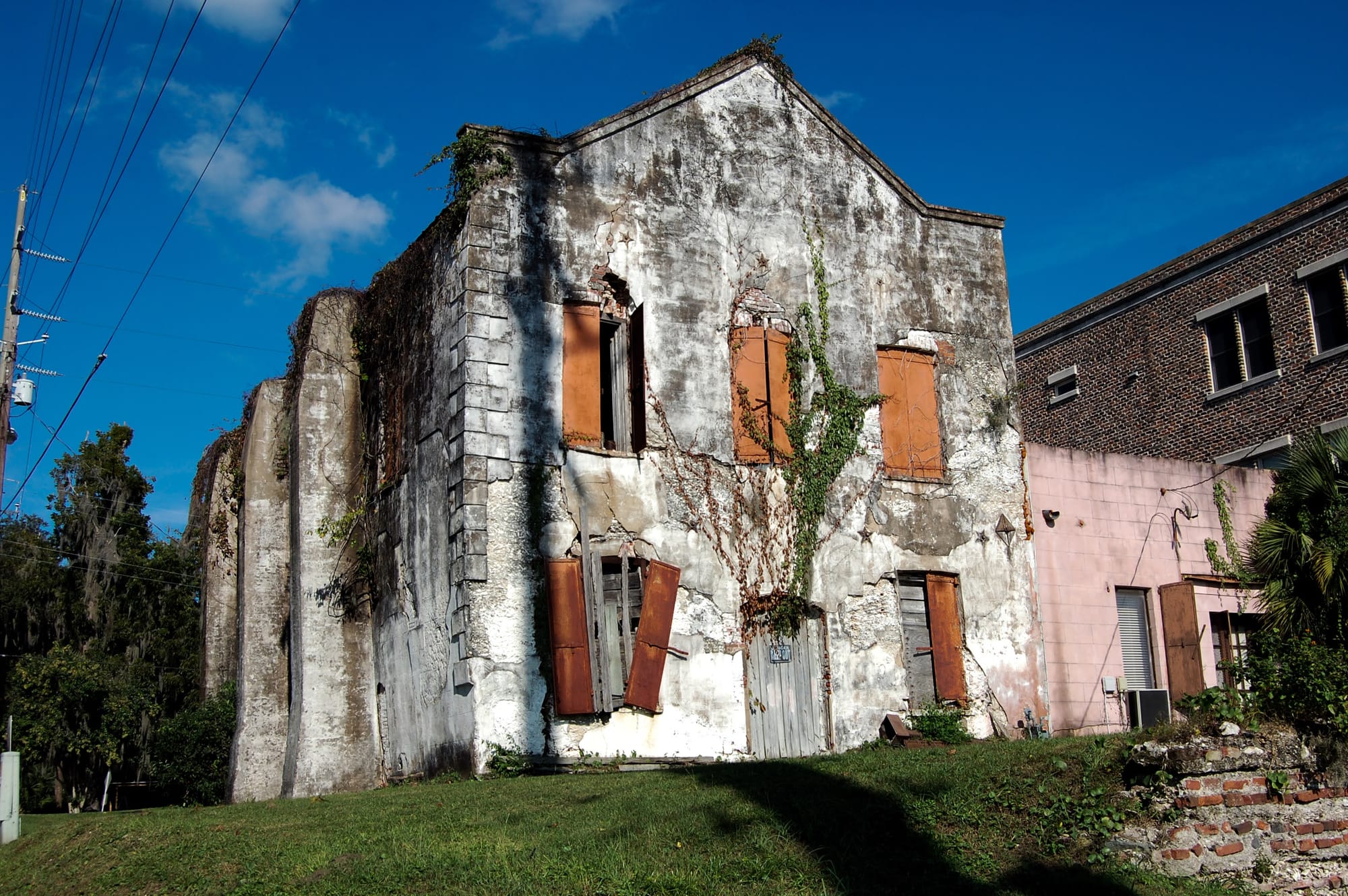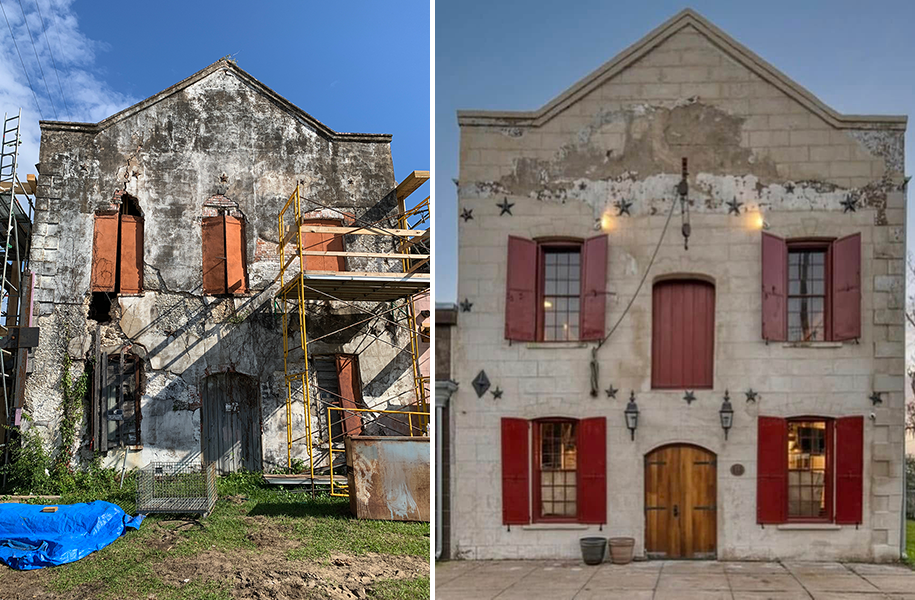WRIGHT MITCHELL, president of The Georgia Trust for Historic Preservation, will give a talk this Thursday night, sponsored by the Historic Savannah Foundation (HSF).
While similar in mission to HSF, the Georgia Trust, Mitchell tells The Savannahian, doesn’t attempt to duplicate efforts.
“We like to focus on underserved parts of the state that don’t already have local preservation groups,” Mitchell says.
The Georgia Trust is best-known to most people for its annual “Places in Peril” list, which features historic locations most threatened by overt demolition efforts, by bad public policy, or by what’s known in preservation circles as “demolition by neglect.”

Like HSF, the Georgia Trust primarily works through revolving funds, which purchase neglected or threatened historic properties and then finds a buyer.
After the purchase, the organization continues to hold a conservation easement on the property, which legally prohibits demolition.

Important local work the Trust has helped accomplish includes securing a grant to repair and renovate parts of the historic Massie School in downtown Savannah.
The Trust has also secured funding to help restore the historic pavilion at Tybee Island's Fresh Air Home.

Another great recent example of the Georgia Trust’s work in this regard is the newly restored Adam Strain Building in downtown Darien, Ga., about an hour south of Savannah.
“The Strain Building is the oldest intact tabby structure in Georgia,” Mitchell says, referring to the unique construction method based on oyster shells. “It’s also one of only two structures in Darien that survived the burning of the town by Sherman’s troops during the March to the Sea.”
The lead image for this story shows a before-and-after view.
While the Strain Building’s original purpose was as a warehouse, that wouldn’t make sense in the modern local economy.
“There’s no reason to try and continue using it a warehouse, so now it’s going to be a brewpub, which is a great adaptive reuse of that space,” Mitchell says.
“There’s definitely a place for house museums and things like that, but by and large we think that the best way to preserve these old buildings is to find an alternate use for them, whether it’s for housing, a restaurant or a hotel, for example.”

But perhaps the most important effort the Georgia Trust is working on is less tangible than a historic building façade. They are working to protect the homes and legacy of the Gullah/Geechee community of Hog Hammock, on Sapelo Island.
These descendants of enslaved people are now facing a multitude of threats which, if unabated, could force them off the island and out of the traditional folkways they’ve fought hard to protect.
“At Hog Hammock you have a population of people who suffered from years of disenfranchisement They’ve had taxes raised. More recently there was a rezoning that would basically eviscerate all historic protection on the island,” Mitchell explains.
“The old zoning ordinance had been designed to protect the integrity of Hog Hammock and the homes of these Gullah/Geechee residents. The new ordinance will essentially double the allowed density in the area – mostly to allow outsiders to come in and build beach houses.”
The Southern Poverty Law Center successfully got a court injunction against the new zoning, “so it’s hung up in litigation for now,” Mitchell says.
Despite not wanting to step on HSF’s toes, the Georgia Trust has helped accomplish a lot of important preservation work in Savannah.
A great example is assisting with the adaptive reuse of the former Asbury United Methodist Church on Abercorn Street, which at one time was “the first African American church in Savannah’s Victorian District,” Mitchell says.
The historic church was featured on the Georgia Trust’s “Places in Peril” list in 2020.
Using historic preservation tax credits, a restaurant group purchased the building and intends to lease it out as a restaurant space.
At Thursday’s talk, Mitchell will also share updates on the status of formerly at-risk coastal Georgia properties that were once included on “Places in Peril” list, including the Kiah House and Berrien House.
Georgia Trust for Historic Preservation President and CEO Wright Mitchell is guest speaker on Thursday, February 20 at the HSF headquarters at 321 E. York St. Part of the 2025 Historic Savannah Foundation Lecture Series, “The People, Places and Stories That Define Savannah,” Mitchell will discuss “The Georgia Trust: Saving Historic Sites.” Attendees are invited to attend a wine reception at 5:30 p.m. The lecture will start at 6 p.m.
Historic Savannah Foundation’s 2025 Lecture Series is open to the public. Reservations are recommended, as space is limited. Attendance is free for Historic Savannah Foundation members and $15 for non-members. Members and non-members may RSVP by emailing Kendall Graham at kgraham@myhsf.org or calling 912-233-7787, ext. 109.

